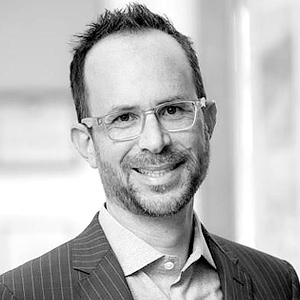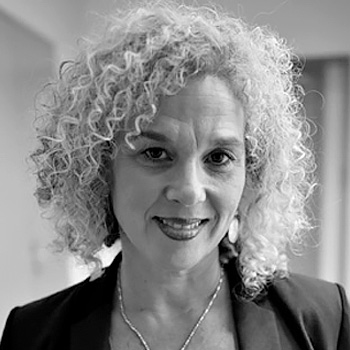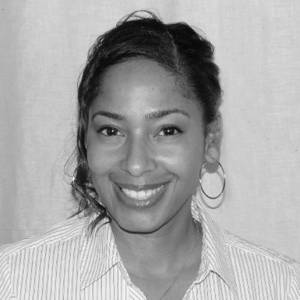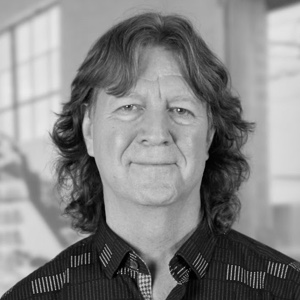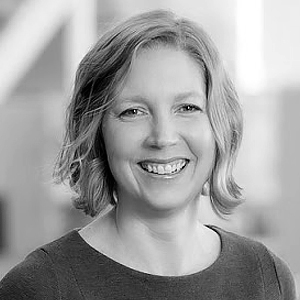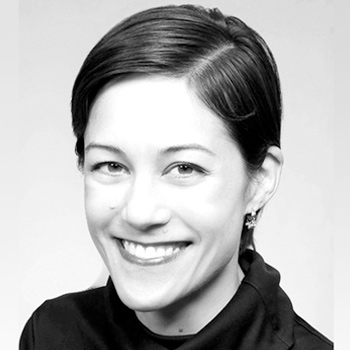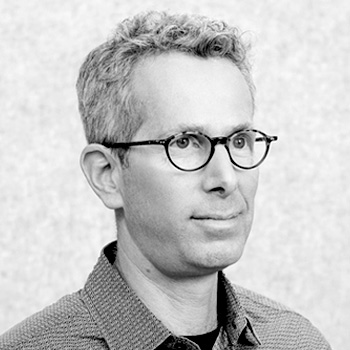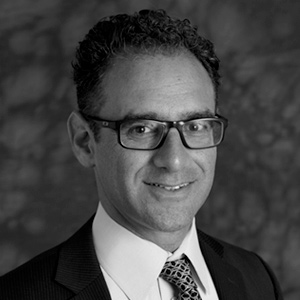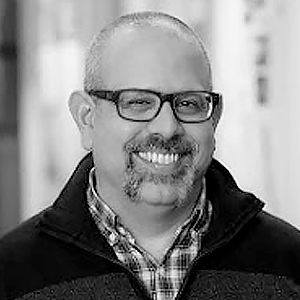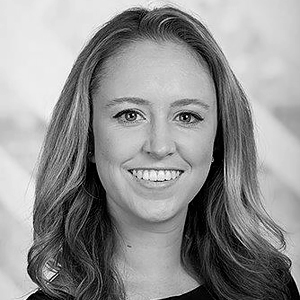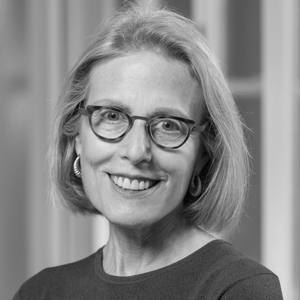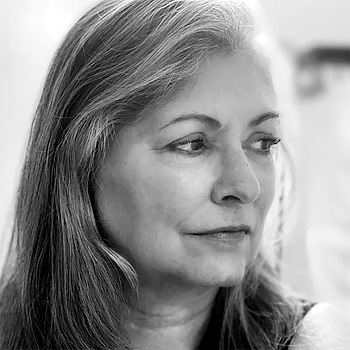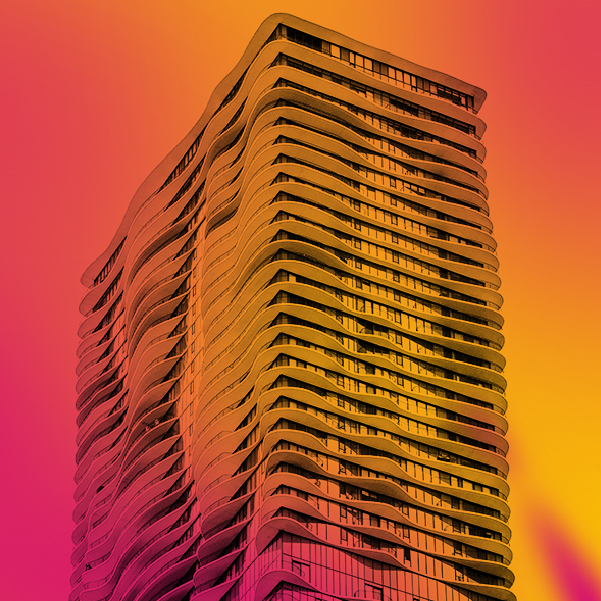
San Francisco
THE PREMIER CONFERENCE ON HIGH-PERFORMANCE BUILDING ENCLOSURES
January 31, 2020
Holiday Inn Golden Gateway
PRESENTED BY
Join Us in San Francisco
The program includes three sessions covering issues unique to the region, including innovative building skins, high performance facades, and the future face of San Francisco. These well-rounded, expert dialogues will inform and inspire.
The Facades+ conference series is a robust dialogue encompassing all things building skin—bridging the profession, industry, academia, operations, and ownership. We’ve distilled the best of the Facades+ 2-day event into a quick-take morning forum with a strong local flair.
Earn up to 7 AIA CEUs
Remain registered to practice with continuing education credits
Attendees Include
- AIA Members
- Architects
- Architecture Students and Faculty
- Building Envelope Specialists
- Construction Professionals
- Developers
- Engineers
- Manufacturers
- Materials Specialists
Symposium
Attend a morning of stimulating presentations and panels that examines the fast-paced evolution of facade technology, addresses new perspectives on building skins, and explores innovative, sustainable design practices. Includes access to Methods+Materials Sponsor Gallery.
Expo Floor
Visit the Methods + Materials gallery to meet with industry-leading manufactures of every possible product from cladding, glazing, framing + facade systems to advanced materials and services. Over sixty companies on hand to field questions and demo products for all of your project needs.
Workshops
Engage in in-depth conversations with the industry’s leading design professionals in an intimate, seminar-style setting. Select one of four workshops which match your level of expertise and interest.
Conference Co-Chair
Agenda
7:30 – 8:30am EST
8:30 – 8:40am
8:40 – 8:45am
8:45 – 9:45am
The rise of the custom manufacture of facade and structural components is raising the bar for kinetic design. This panel will hone in on two innovative case studies; the renovation of Seattle’s Space Needle and the soon to be complete Uber HQ in San Francisco. Joint presentations will be led by Olson Kundig principal Blair Payson and Fives Lund senior engineer Wade Morris, and SHoP Architects associate principal Shannon Han and Heintges senior principal Karen Brandt.
9:45 – 10:05am
10:05 – 11:05am
Downtown San Francisco is undergoing an impressive phase of development, which includes the construction of ground-up buildings shifting from the paradigm of flat-glass facades to hybrid opaque projects with complex facade geometries. This panel brings together the architects and facade consultants of two recent projects; Studio Gang and Heintges for the twisting and metal-clad Mira Tower; and Handel Architects and WJE’s GFRC-mounted 950 Market Street.
11:05 – 11:25am
11:25am – 12:25pm
Architectural heritage is often characterized as an impediment to the architectural development of urban areas. However, ongoing criticism lodged at the carbon footprint associated with demolition and reconstruction, and the reappraisal of historic structures, is fostering a profound movement towards restoration and adaptive re-use. The projects on this panel provide two in-depth perspectives on this phenomenon; Simpson Gumpertz & Heger’s facade restoration campaign of the sprawling Pacific Gas & Electric Building, and the ongoing re-clad of 633 Folsom Street by Gensler, Atelier Ten, and the Swig Company.
12:25 – 12:35pm
POWERED BY

Earn up to 7 AIA HSW CEUs
1:00 – 4:00pm
As the built environment becomes more complex, so too are the systems are used to create them. During this afternoon’s topics we will learn from industry experts on how these systems can contribute to a sustainable building envelope, such as firestop systems that ensure occupant’s safety, self-cleaning facade panels and smart tinting glass technologies to ensure occupant comfort.
Today’s high performance building enclosures demand high performance fire protection! Backpan designs create unique challenges that make UL test coverage even more critical! Fully understanding the role and value of perimeter fire barrier systems for backpans in today’s ever changing and complex designs cannot be overstated.. As the industry changes almost on a monthly basis, understanding how to maintain the integrity of a non-rated curtain wall system for up to 4 hours is critical in the design phase to eliminate costly changes, delays, and compromised life safety requirements during construction. Key topics are outlined below and will be discussed in detail incorporating PowerPoint & video.
Learning Objectives
- Understanding the issues and concerns of new Hybrid Window Wall designs
- Importance of testing for Hybrid Window Wall designs
- Understanding ASTM E2307 and the Intermediate Scale Multi-Story Test Apparatus
- Understanding the sequencing and installation of tested solutions
- Documenting the performance of a successful perimeter fire barrier test
- Common misconceptions about Hybrid Window Wall designs
This course explores how the use of color and coil and extrusion coated metal building products can help bring your façade design to life.
Learning Objectives
- Understand what coil and extrusion coatings are and why they matter.
- Review coil and extrusion coating methods and end-use applications.
- Explore how color and metal coatings can be used to design visually impactful building facades.
- Discuss coating performance and how to specify the right coating for your next project.
Storefront framing and curtain wall, and the risks of using storefront where curtain wall is required; The influence of wind load upon curtain wall selection, the importance of properly securing the curtain wall to the surrounding condition and following the manufacturer’s installation instructions; The effects of wind load and dead load on architectural aluminum framing systems, key terminology and performance characteristics; Benefits of a thermal barrier in aluminum fenestration systems.
Learning Objectives
- Understand what a Storefront System is and how is it best utilized in a commercial project?
- Understand what a Curtain Wall System is and how is it best utilized in a commercial project?
- Identify the main Drivers that must be considered when deciding between Storefront or Curtain Wall?
- Understand the consequences of selecting the wrong system.
